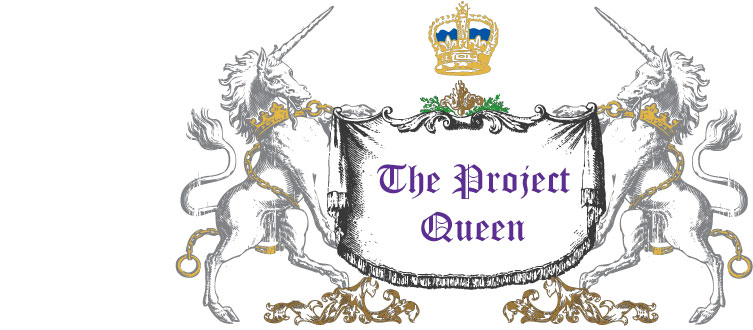I’m not really sure how old this recipe may be, but I do know it’s in a dessert cookbook given to my parents as a wedding gift in 1964. The book contains recipes that were submitted by home economics teachers. Who knows how many treasured recipe boxes it sat in before it found its way into print?
This is a cake my mom baked at least a few times a year as I was growing up. She liked it because you can make a few changes to the recipe and decrease the guilt factor. Since hitting middle age a few years ago, it’s become clear to me that my metabolism needs a lifestyle change. But I’m not quite ready to give up dessert, especially anything chocolate. Though I enjoy chocolate cake with butter cream frosting or a rich, fudgy brownie, this cake will satisfy my cravings just as easily.
My birthday was last weekend, and this is the cake I wanted to celebrate with. The way the recipe appears below is mostly the way it was originally written (except my mom substituted oil for shortning years ago). To make it a bit healthier I diced whole dates rather than using the sugar-coated, pre-diced dates in a box. Dates don’t need added sugar. Instead of white sugar I prefer to use natural cane sugar. Not all the nutrients are processed out of it, and it helps add a deeper caramel flavor to the cake. Half of the flour was whole wheat. For those trying to avoid gluten, brown rice, or other whole grain flours could probably replace the wheat flour. (If anyone tries it, let me know how the cake turns out.) This cake does have a topping and the ingredients are found in the directions. I used demerara sugar and my chocolate chips of choice are 60% cocoa. My mom isn’t a big chocolate lover, so she will occasionally use milk chocolate chips, but she’s just as likely to put carob on it instead.
If pressed to make a comparison I would say this cake tastes a lot like England’s sticky-toffee pudding, with chocolate instead of spices. It’s dense, moist and most definitely yummy. A small piece is satisfying and best of all, you don’t feel like you’re eating something (somewhat) healthy.
1 c. Dates
1 tsp. Baking Soda
1 ½ c. Boiling Water
1 ¼ c. Sugar
½ c. Oil (Canola is fine)
2 Eggs
2 c. All-Purpose Flour
¾ tsp. Baking Soda
¾ tsp. Salt
Pour boiling water over soda and dates. Allow mixture to cool. Combine oil and sugar. Add the eggs and blend in cooled date mixture. Sift flour, soda and salt. Combine with liquid ingredients. Pour into a prepared 9” x 13” pan. Sprinkle cake batter with 1 c. chocolate chips, ½ c. brown sugar and ½ c. pecans. Bake at 325 degrees for 40-45 minutes.
For those into seasonal cooking you will probably notice whole dates are more readily available late summer and into fall. This is a cake I usually make in the fall and winter. This year my birthday fell on the first day of fall, so it felt right to make it part of two transitional occasions. But you have my permission to make it just because you want some cake.
The Project Queen
My mom was nice enough to scan and email me the book cover where this recipe came from.
Obviously, it's been well loved. I looked through it a lot as a kid.
What kid wouldn't appreciate a dessert cookbook?









